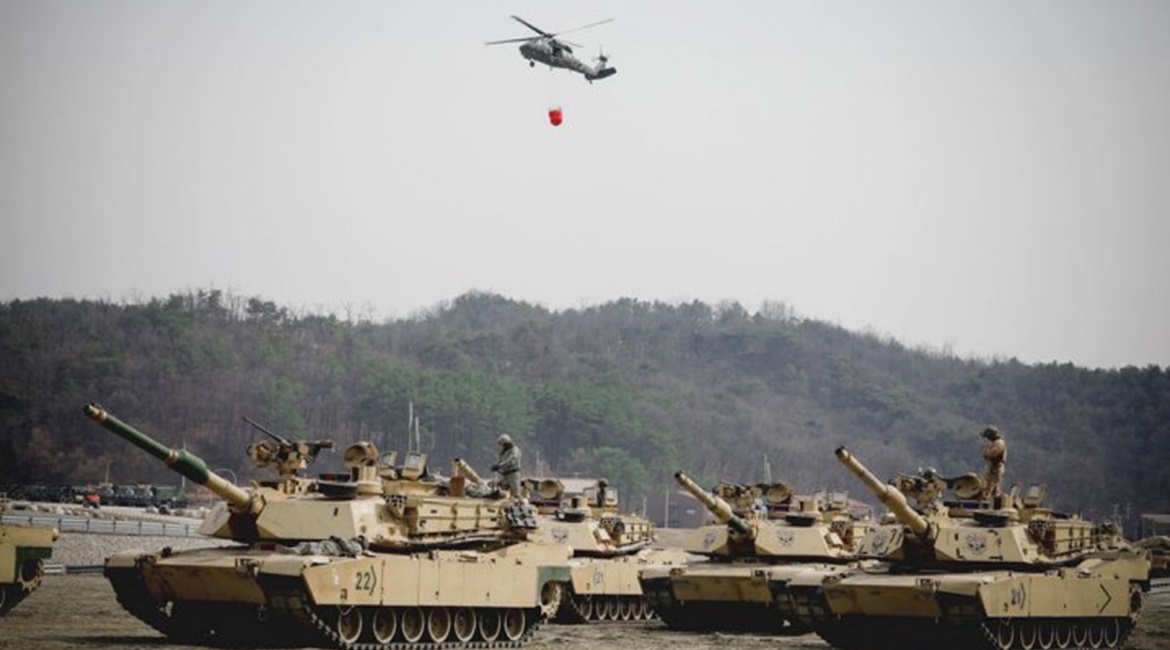
After nearly two decades of counter-insurgency operations in landlocked countries, US Army leaders are examining ways to support their naval counterpart in a conflict against China, and where they could base weapons along the Pacific island chains to give Washington a marked advantage.
In recent weeks, army and US Indo-Pacific Command (USINDOPACOM) leadership have been meeting to discuss just what role the service would have in a conflict in the region and which capabilities it needs to shore up, several general officers told Jane’s .
In March, for example, army leaders along with USINDOPACOM Commander Admiral Philip Davidson and the head of US Army Pacific Command (USARPAC) General Robert Brown met in Hawaii to “talk about that very thing”, according to the commander of Futures Command General John Murray.

First Armored Division tankers prepare to qualify at Rodriguez Live Fire Complex, South Korea, in March 2019. US military leaders are meeting to determine what role the US Army will have if the nation is involved in a violent conflict in the Pacific region. (US Army )
“It’s really how the joint force can operate together and solve the problem,” Gen Murray told Jane’s on 26 March.
During a separate interview that day, the deputy commanding general for futures and concepts at the Futures Command, Lieutenant General Eric Wesley, added that there are a few different parts to the equation. First, as the US Military refocuses on a large-scale conflict against the likes of China and Russia, USINDOPACOM is “taking a very serious look on the degree to which they are able to execute the mission” and how the army’s pivot towards a multi-domain operations concept factors into planning.
Looking to read the full article?
Gain unlimited access to Janes news and more...




